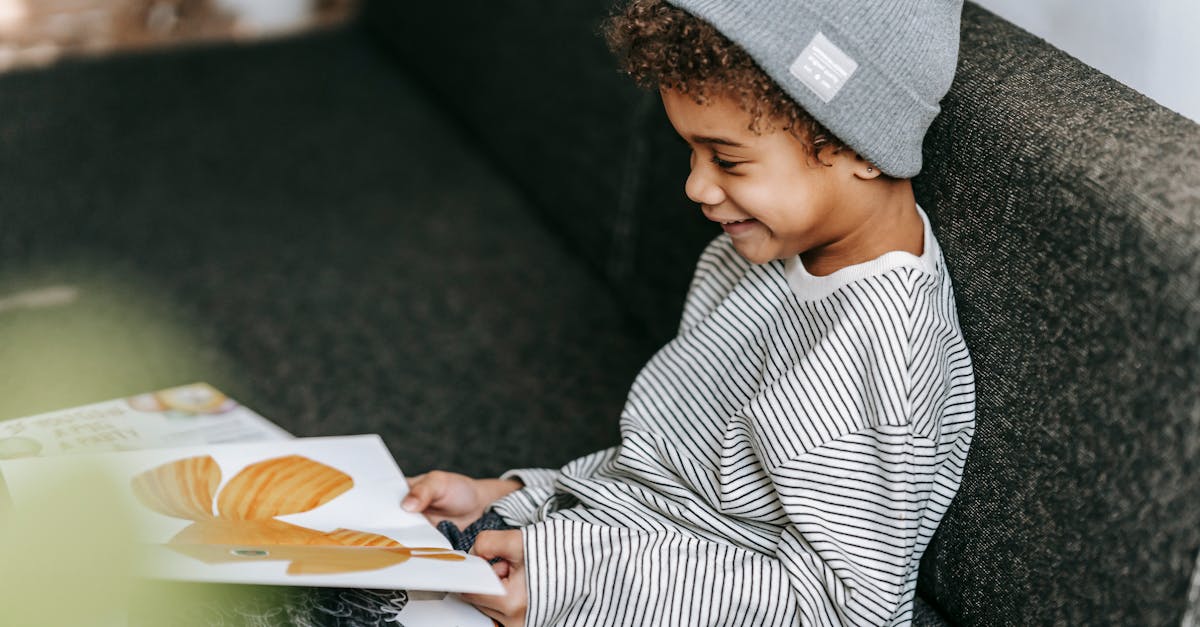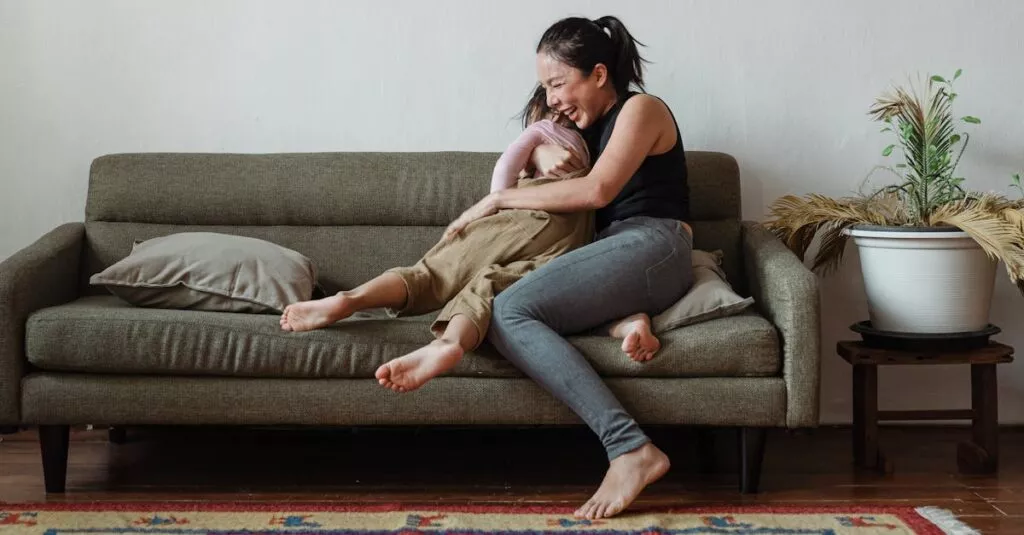Understanding Separation Anxiety
Separation anxiety is a common issue among children, often manifesting in tearful goodbyes and clinginess. When addressing it, understanding the root is crucial. Kids may feel insecure, scared, or unsure when their primary caregiver leaves. A helpful approach is to empathize with their feelings while reassuring them that their emotions are valid.
Share personal experiences about how you or someone close has felt anxious before, so they know they’re not alone.

Recognize Attachment Issues Early
Recognizing attachment issues early can mitigate further emotional difficulties. Children often form strong bonds with their caregivers, which can sometimes lead to over-dependence. Signs include constant seeking of validation and a reluctance to be away from the caregiver. It’s important to observe these behaviors without judgment. Early recognition can pave the way for setting boundaries that are both loving and firm. This helps children develop a healthy sense of independence.

Setting Boundaries with Love
Setting boundaries with love is a balancing act. Start by gently explaining why boundaries are essential. For example, explain that bedtime means rest, which helps everyone feel better in the morning. Use positive reinforcement when they respect the boundaries. It’s not about punishment, but about teaching them the self-control they’ll need in the future. Always pair boundary-setting with love and reassurance. A funny personal anecdote about your own struggles with boundaries as a child can make this relatable.

Remember, setting boundaries is an essential tool in nurturing a healthy and respectful relationship with your loved ones. Approach it with empathy and understanding while maintaining firmness to create a harmonious environment for everyone.
Practical Steps for Easier Goodbyes
Easing the challenge of saying goodbye takes patience and practice. Create a goodbye ritual, like a special handshake or a ‘see you later’ phrase. This provides consistency and comfort. Practice short separations that gradually become longer. When you’re apart, give your child an object that reminds them of you. Consistency and predictability in routines can greatly reduce anxiety. Parents can share stories of their own goodbye rituals to make it relatable.

Encouraging Independence
Encouraging independence is about celebrating small victories. Allow your child to make simple choices to build their confidence. Start with minor decisions, like choosing between two outfits or snacks. Praise their successes, no matter how small.
Share a memorable moment when your child showed independence, however minor, making the concept real and achievable for other parents. Humor can be injected by recalling funny mishaps during these learning moments.

Stay Positive and Supportive
Remaining positive and supportive creates an environment where children feel safe to express their feelings. Always validate their emotions and guide them towards understanding rather than dismissing their anxieties. Share encouraging words and maintain a calm demeanor.
Provide them with the language to express their emotions. Remember, kids often reflect the emotional tone of their caregivers. A funny personal anecdote about staying positive in a tough situation can lighten the mood.

